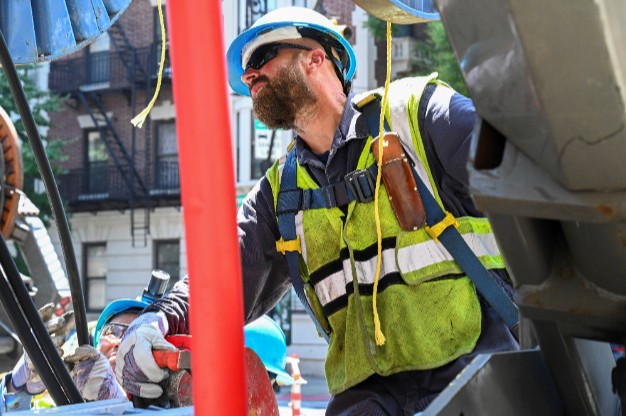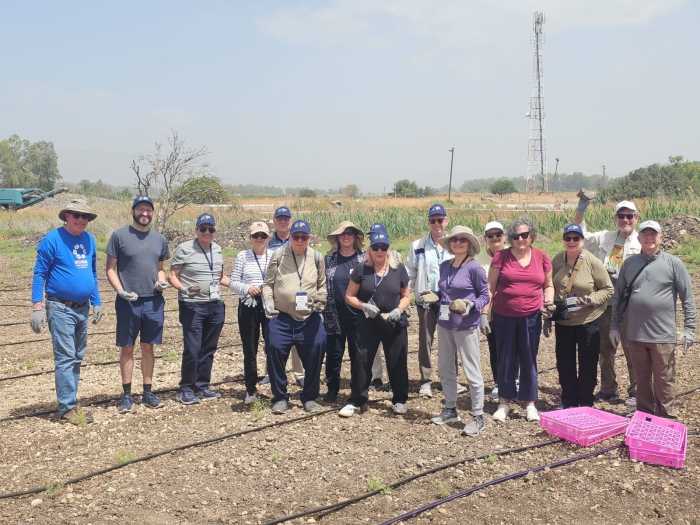By Thomas Tracy
Attention, downtown Brooklyn developers: your breaks are over. Tax breaks, that is. The City Council this week voted in favor of adding downtown Brooklyn into a new, larger exclusionary zone where developers cannot milk the state of 421-a tax breaks without first reserving 20 percent of their units for affordable housing. The Council voted for the new legislation with a final vote count of 44 to five. Although the state has the final word in determining the future of the 421-a tax incentive program, it’s believed that Albany legislators will take the Council’s legislation to heart when they decide next year whether to renew the program or change it. Created in the early 1970s to spur development throughout the five boroughs, critics find the 421-a program antiquated in a city with soaring real estate values. Council members want to make sure that developers get the millions in tax exemptions as long as they give something in return, namely affordable housing. “As development in New York City continues to thrive, the City Council is working to ensure that working families are not being priced out of their communities,” said City Council Speaker Christine Quinn, who drafted the legislation with City Council Housing and Buildings Chairman Erik Martin Dilan. “This bill will create even more affordable housing, encourage development in communities where it is still needed, and protect taxpayer dollars from over-subsidizing new luxury development.” Just two weeks ago, the City Council was mulling over three 421-a legislations, the Speakers, one from the Mayor’s office and one drafted by City Councilmembers Anabel Palma and David Yassky, who called for a citywide exclusionary zone, meaning that no developer can reap 421-a rewards without first providing affordable housing. But after some negotiations, Yassky has reportedly backed away from his bill, finding Quinn’s to be “a good compromise.” The City Council’s entire Brooklyn delegation voted in favor for the legislation, save for City Councilmembers Charles Barron and Darlene Mealy, officials said. The City Council’s new exclusionary zone includes All of downtown Brooklyn, Carroll Gardens, Cobble Hill, Boerum Hill, Park Slope; most of Ft. Greene, Prospect Heights, Williamsburg and Greenpoint, and significantly into Sunset Park and Bushwick. Areas to the north, south and east of these neighborhoods, such as Bedford Stuyvesant, Canarsie, Sheepshead Bay, Bensonhurst, Coney Island and Bay Ridge, are not part of the exclusionary zone, meaning that developers can get 421-a tax incentives without setting aside some of their properties for families with incomes between $42,500 and $56,700. Officials will re-evaluate the law every two years to adjust the zone if necessary “to protect emerging neighborhoods” the bill stipulates. The bill will also demand that developers receive a 25 year maximum duration of the benefits to those who provide affordable housing both inside and outside the exclusionary zone and create a “luxury cap,” which would set a limit on the total amount of 421-a tax benefits that a specific market rate unit could receive. The council is also calling for an Affordable Housing Trust Fund. The $400 million fund will replace the Negotiable Certificate Program, which allowed developers to create affordable housing off-site, instead of in the building. The fund will be targeted significantly to the 15 lowest income neighborhoods in the City, and will be administered by the Housing Development Corporation as a means to encourage long-term affordability.



































